*/
]]>

Welcome to the 50th anniversary of the Irmscher Automobile company CEO Günther Irmscher junior shows the milestones in the history of the company.
50 years of Irmscher
Günther Irmscher was a successful rally racer, whom different car manufacturers consulted for his expertise as early as his motorsport career. That is why he felt the urge to stay true to his passion after retiring as a racer, and starting his own business as a vehicle tuner. The 31-year old founded Irmscher Automobilbau at the heart of Winnenden in 1968. After just ten years, the original company headquarters became too small. Heinkel plans in Remshalden. Today, the company is made up of 150 employees, has modified workshops in Portugal and Spain, and produces limited-edition modified and in-house developed series of between 50 and 2,000 models. It has been long ceased to express expressive sportiness. Günther Irmscher Jr. explains: “Our signature style is individuality.” This is the 50th anniversary of the Vivaro Liner 500 ,
It’s a mild, sunny winter morning in Remshalden, about 20 kilometers to the northeast of Stuttgart in southwest Germany. 46-year-old Günther Irmscher, who has been the CEO of Irmscher Automobilbau GmbH & Co. KG for 19 years, sits at his desk. Memories from times gone by on his wall. While he may be relaxed today, the last few months have been very eventful. His company turned 50 in 2018, which meant 12 jam-packed months of celebrations. For example, Opel’s number one partner in all things related to a vehicle is presented at the Retro Classics trade fair in Stuttgart. Irmscher also celebrated its anniversary at the Essen Motor Show and specialist car dealer events. All of this had to be done on top of normal business operations.
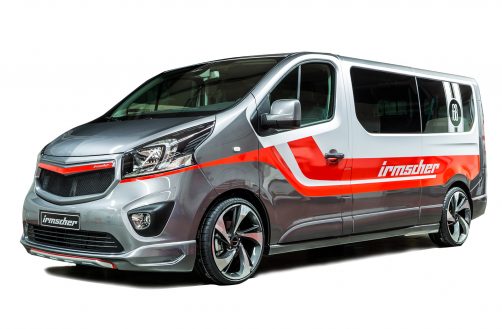
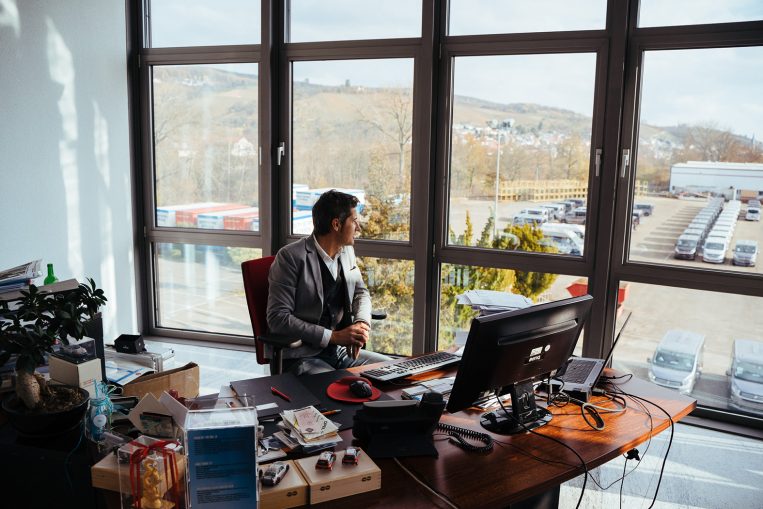
A great outlook Irmscher has an impressive view of the company premises from his desk, not to mention the foothills of the Swabian Jura mountains.
The year of the 50th anniversary so coincides with the production of the five-hundred-thousandth vehicle modified by the company. This vehicle represents a shift away from the tuning trend of ‘lower, faster, faster,’ towards a greater focus on individuality. The Vivaro Liner 68 interprets the advantages offered by the spacious Opel in terms of style and multifunctionality. 68 models were produced as a reference to the founding year of the company. However, Irmscher reports that the half-a-million figure only played a minor role in this project. For example, this was the i40 ‘in 2008 for the 40th anniversary – a GT with Irmscher DNA and “We have a long tradition of treating ourselves and our customers to a very special model with a zero at the end of every anniversary an outstanding 480 hp in an incredibly light V8 engine. AutoBild magazine wrote that the model represented “Sheer delight in power.”
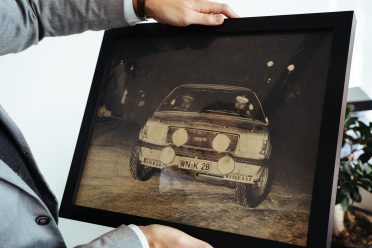
The cornerstone Jochen Berger and Walter Röhrl at the Commodore GS / E at the 1973 Monte Carlo Rally – this day Irmscher’s entry into rally racing.
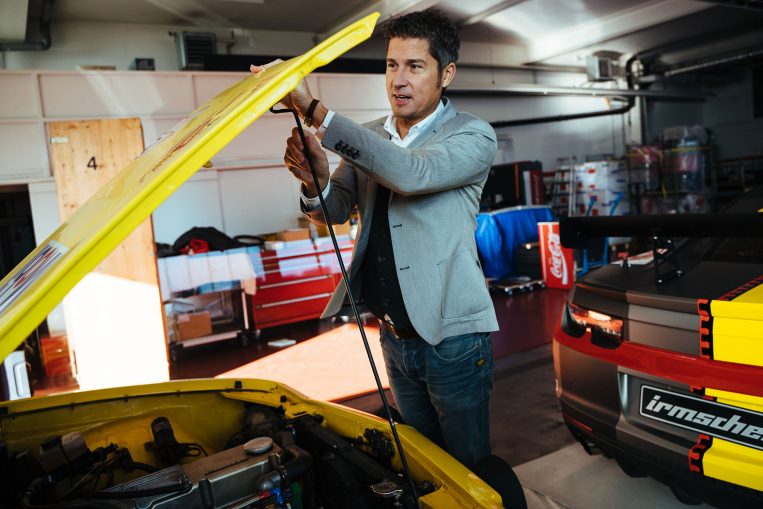
Günther Irmscher A passion for motorsports is in his blood.
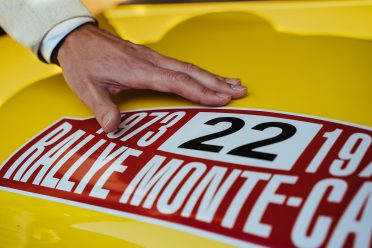
The competition number 22 on the Commodore, which Walter Roehrl and Jochen Berger drove in the 1973 Monte Carlo Rally.
—–
Modified and in-house developed limited-edition series of between 50 and 2,000 units
—–
It has always been a milestones in the company’s history. It all began with a cadet – in 1968, Günther Irmscher Sr. paid for the double garage that would later become the cradle of his company with the proceeds from selling the last rally car he drove in his successful career as a racer. It is located at the heart of Winnenden, a small town with 30,000 inhabitants to the northeast of Stuttgart. Irmscher started with two employees, just as Adam Opel once did. 150 employees make up now Irmscher Automobilbau GmbH & Co. KG. The company also has modified workshops in Portugal and Spain, and produces modified and in-house limited-edition series of between 50 and 2,000 units.
To Opel Kadett also provided the impetus for the move to neighboring Remshalden in 1977. Günther Irmscher wanted to produce his interpretation in a limited-edition series of 500 units. He found the suitable space to do so on the premises of the former aircraft manufacturer Heinkel. A photo of the company founder, in which he poses between two powerful low-loaders filled with the expressively painted Cadet C City, now embellishes the hall of the administrative wing.
Irmscher milestones
From the Kadett C City to the GT i40, and many more: Günther Irmscher tells us about the models that are closest to his heart. Click through the gallery:
*/
]]>
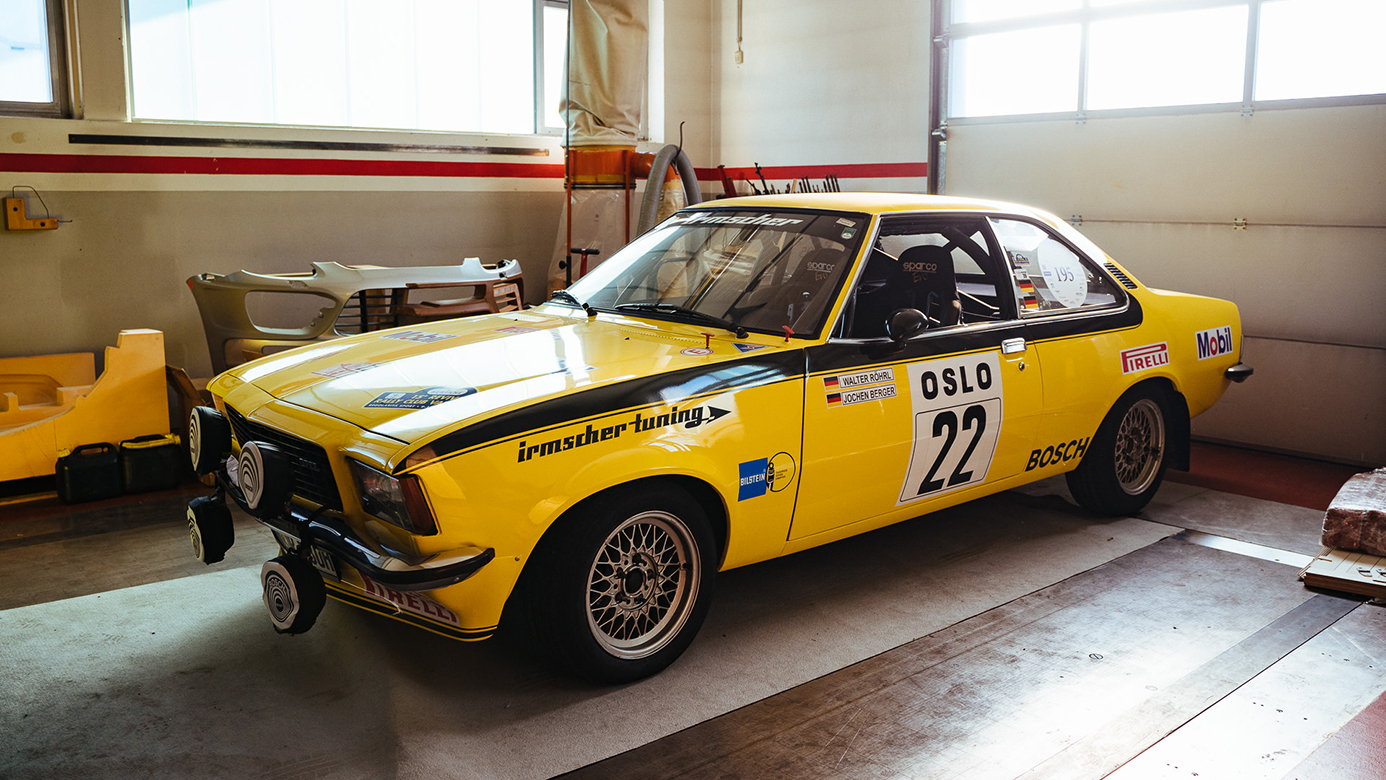
Commodore GS / E Coupé, 1973 “Walter Röhrl and Jochen Berger soon switched to an Ascona A after the maiden voyage, but their place in my heart – and in our company history – nobody can take this Commodore anymore. Once, because he is almost my year. And once, because it marks our entry into rallying. Röhrl and Berger started in 1973 at the Monte Carlo Rally. To start with such a big car in these narrow streets was a sensation. ”
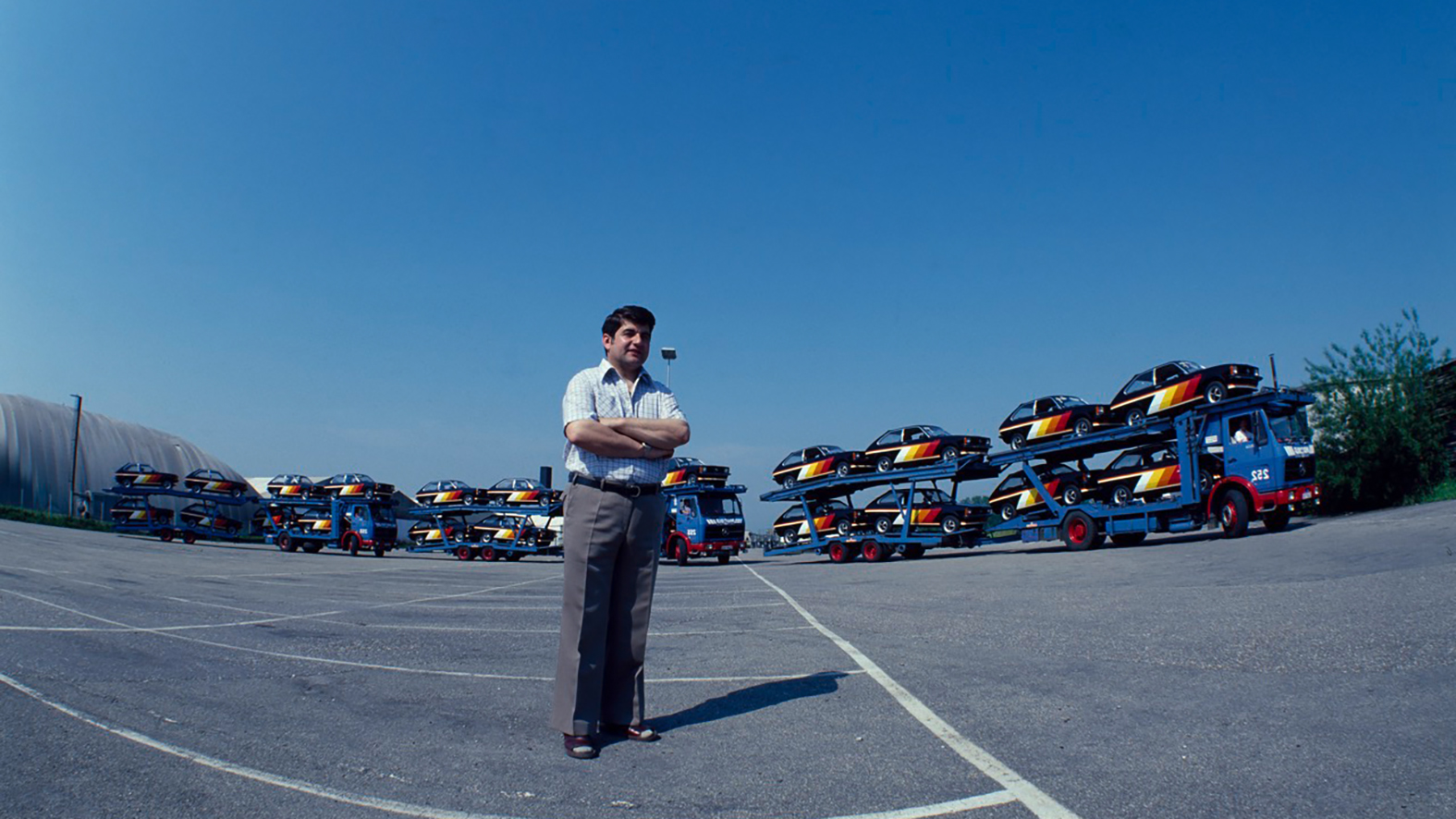
Cadet C City, 1977 “It was this cadet who made our move from downtown Winnenden to Remshalden necessary. We wanted to produce 500 copies of it. And it was the first time we had tackled such a lot. We needed space for that. Some of the cars were also delivered at night and my father, who can be seen in this picture, drove them off the truck – with me as a passenger. I was just five years old at the time, but it seems like it was just yesterday. This cadet C City did a pretty good job, thanks to its expressive livery. ”
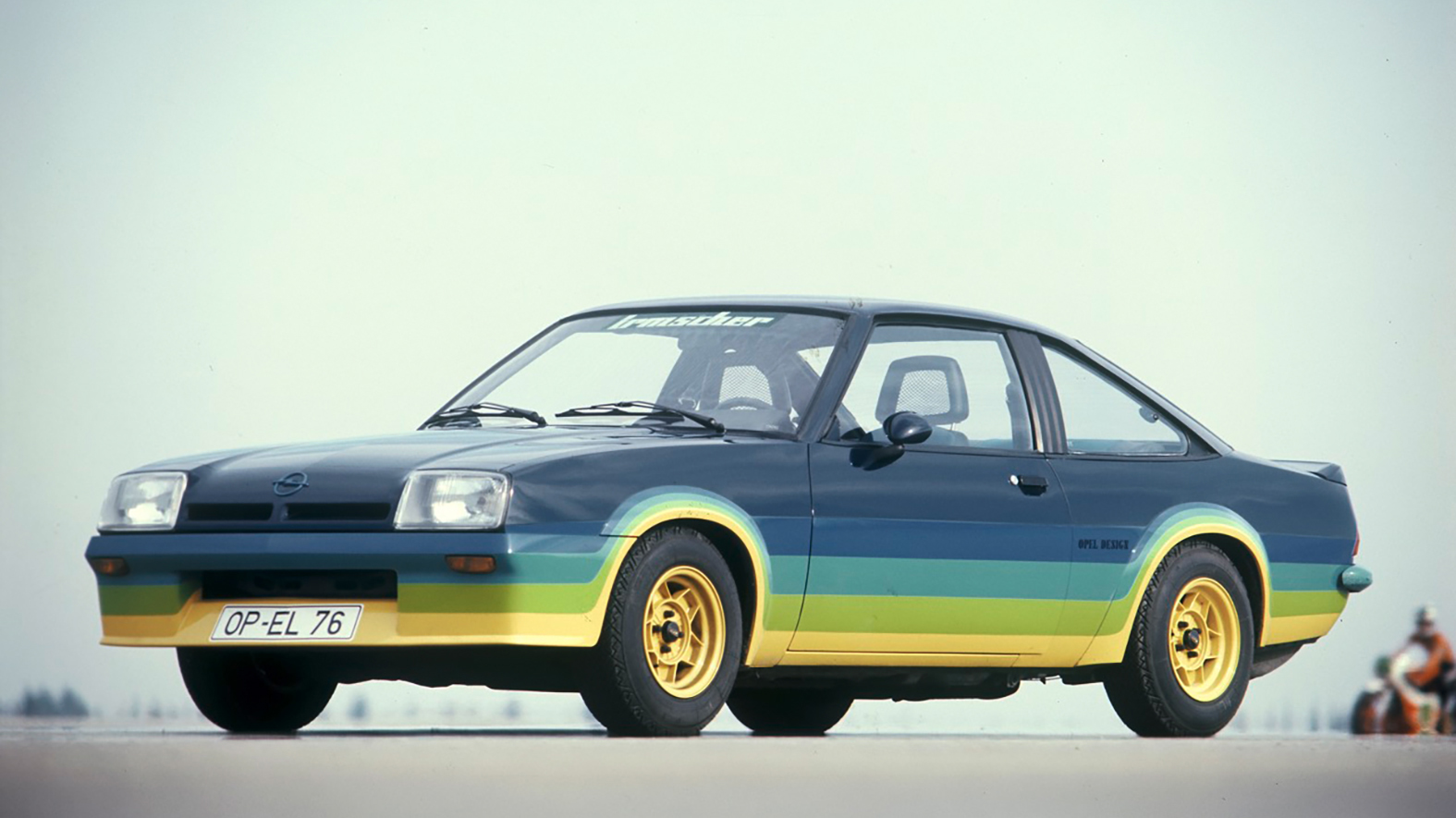
Irmscher i2800, 1978 “A six-cylinder engine with a displacement of 2.8 liters, which fitted well under the hood of a Commodore – but below that of a Manta B? My dad somehow managed to use his team there with his team. Accordingly, the post went off in this sports coupe. Overall, the model made an independent development necessary, so we decided not to call it either Opel or Manta, but to become the 13th car manufacturer in Germany. The “i2800”, which we also produced in small series, was our first car with its own “Irmscher” logo on the radiator grille. A gift that made us the tenth anniversary of our company. ”
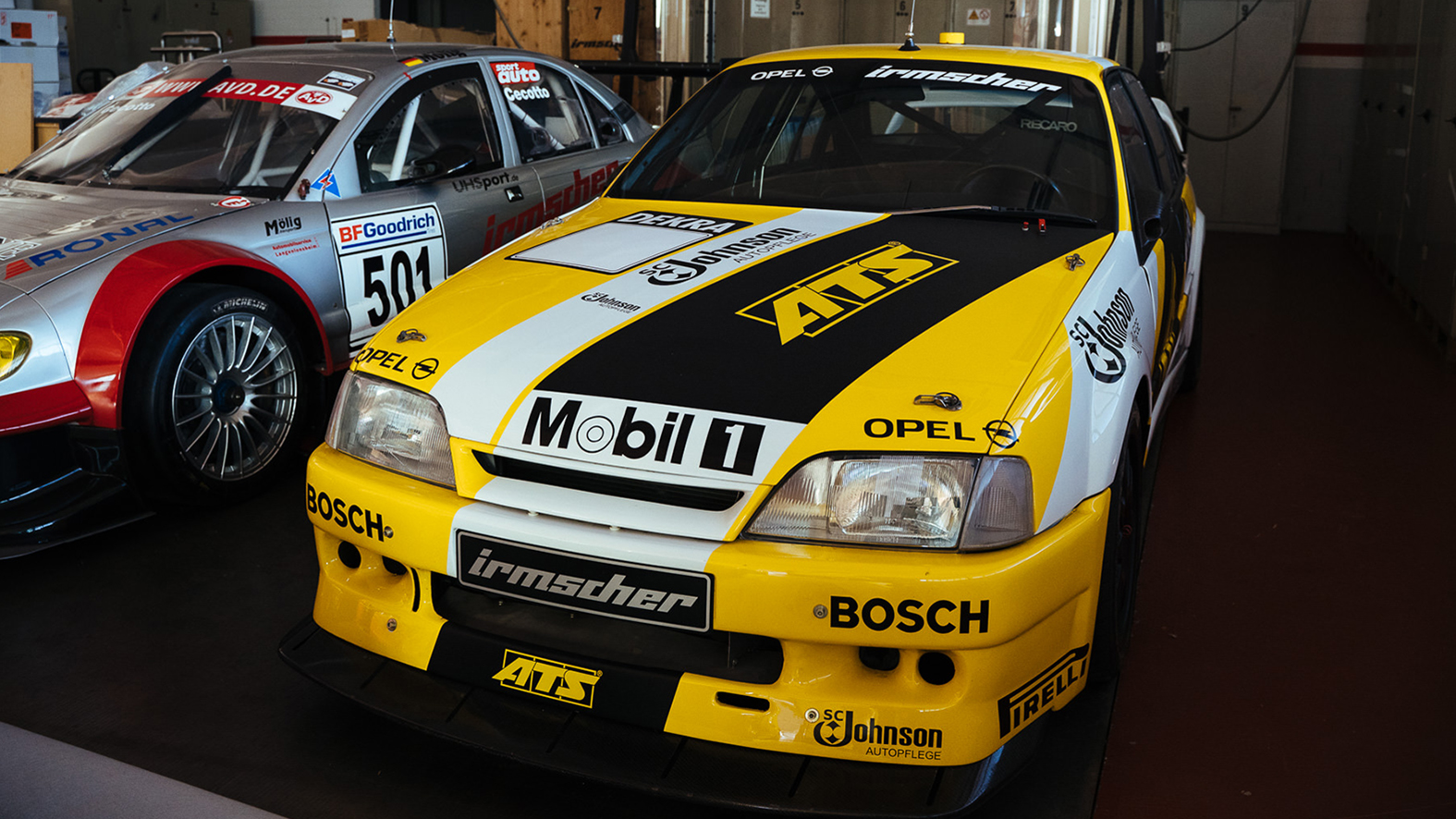
Omega Evo 500, 1991 “Volker Strycek, today head of the Opel Performance Center, and Franz Engstler started in the DTM in 1991 with this so-called ‘evolutionary model’. I still remember visiting one of the first races after the fall of the wall on the AVUS in Berlin. I had just taken my driver’s license and had the first car with a cadet C. But for this race I came in an omega myself. We have now rebuilt this model again in the anniversary year – very consciously of the same employees who were responsible for it even then. ”
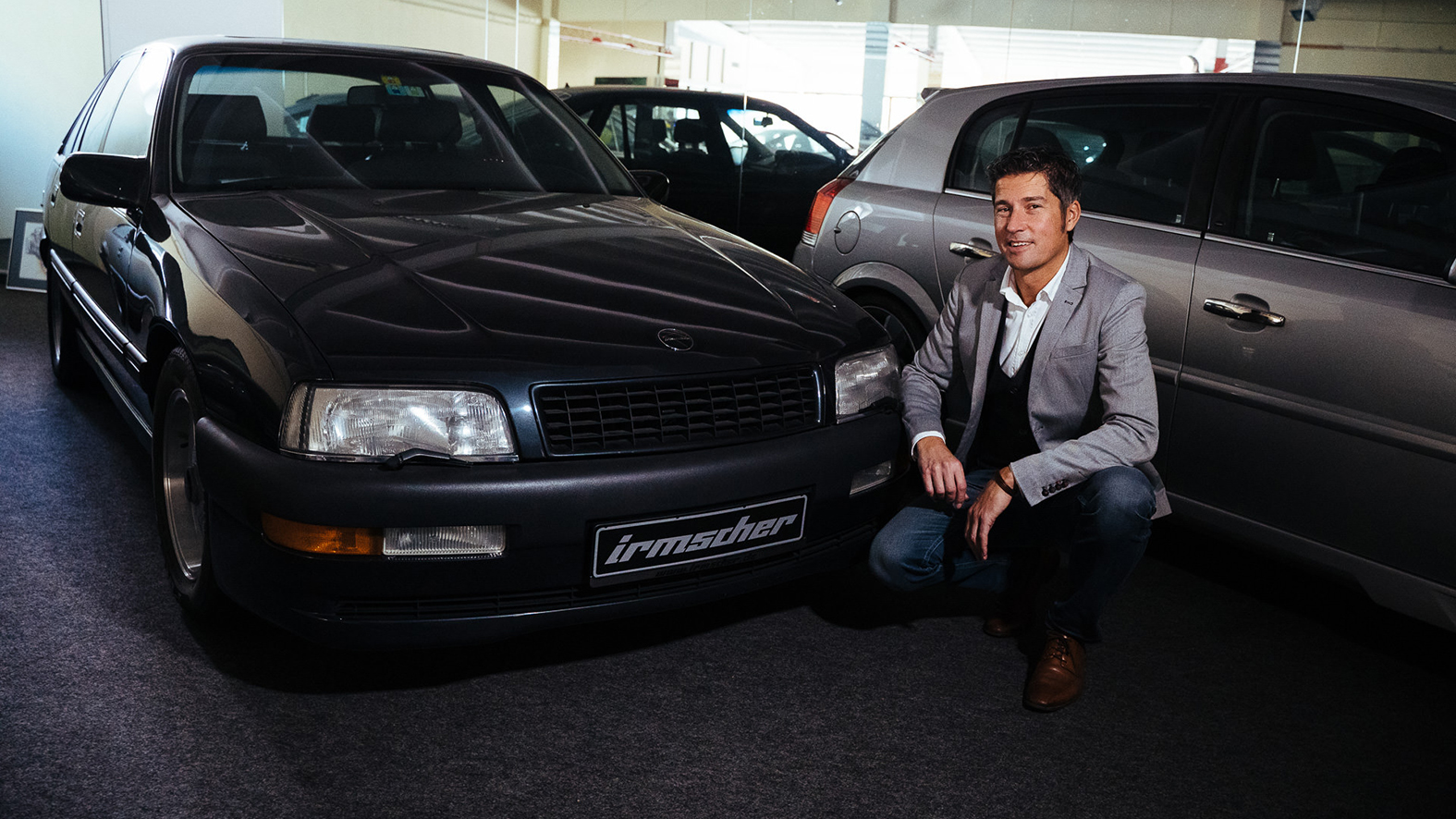
Irmscher Senator B 4.0i, 1993 “This senator was my father’s last official car. From 1993 until his death in 1996, he drove around 300,000 kilometers. When we launched the model in 1992, its 272 hp engine was considered the world’s strongest engine. Apart from the fact that there are not many of them today, I would never give that copy. ”
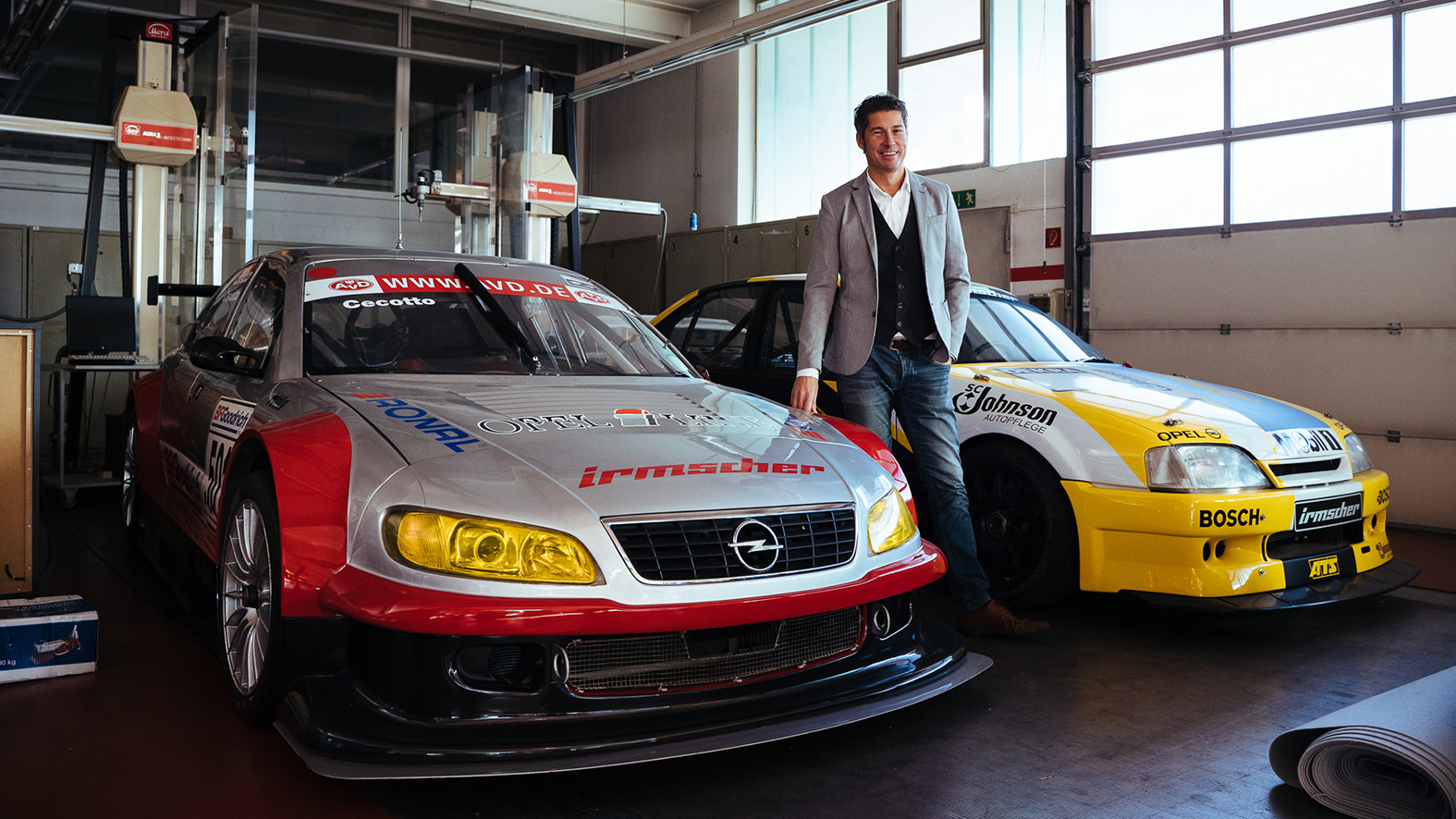
Omega B with V8 engine, 1999 “This Omega drove from 2001, the former Formula 1 driver and motorcycle champion Johnny Cecotto in the then newly founded V8 Star series. As you can see, the color scheme for our rally models had changed in the meantime. Yellow paint and green engines were our trademark for years, now we presented ourselves in stylish gray-red. The Zeitgeist also changes the tastes, today our former green and yellow could be marketed again as a ‘retro’ design … Personally, I associate with this omega my final entry into the company. After my studies I was able to continue my father’s life work “full time” from 1999 onwards. ”
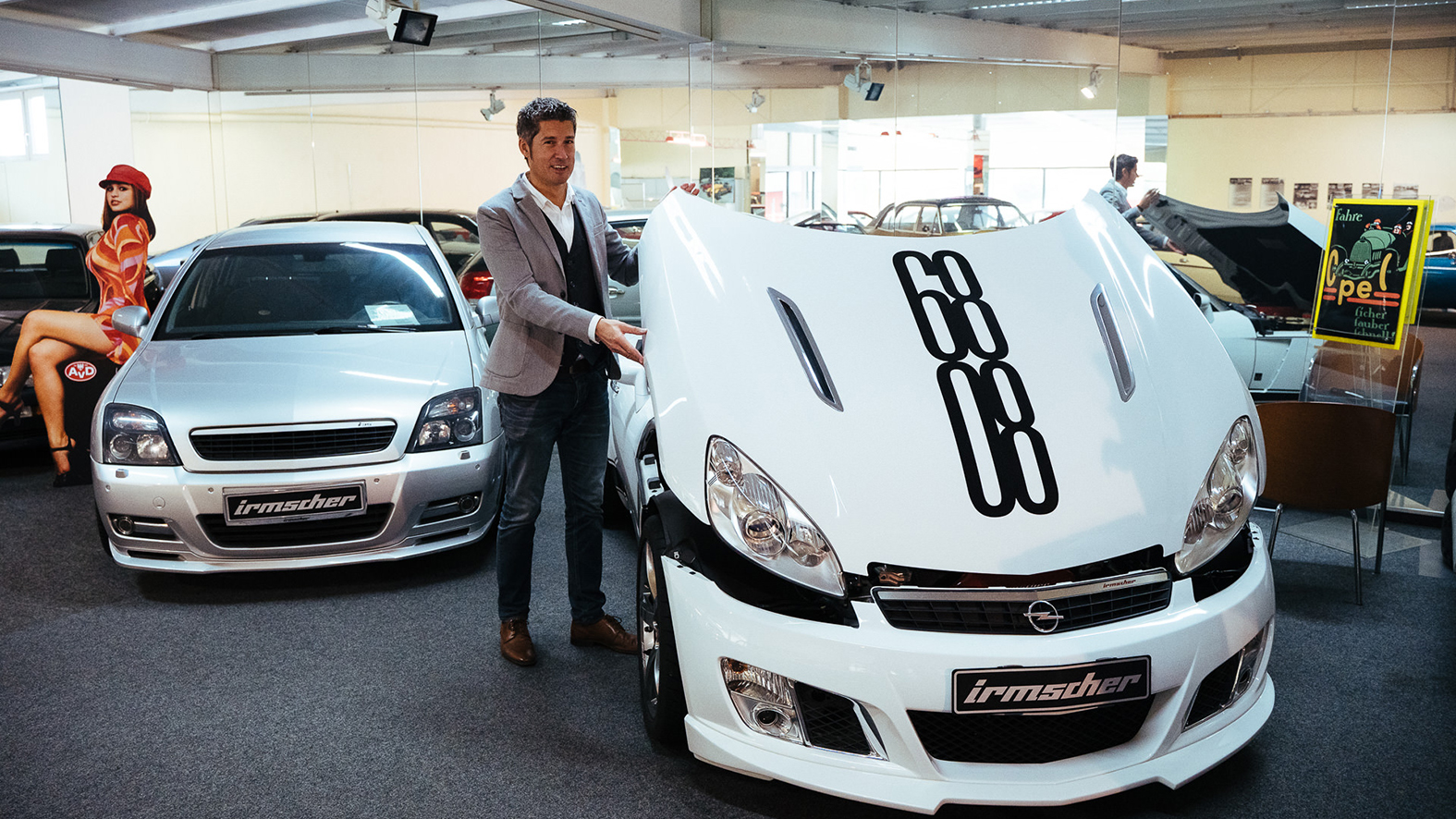
Irmscher GT i40, 2008 “For every tenth birthday, Irmscher gives himself and his customers something very special. This model was presented on our 40th birthday: a GT with Irmscher genes, also an independent reinterpretation, so he wears the Irmscher logo. An open two-seater with a 480 hp yet surprisingly light V8 engine. The ‘Autobild’ spoke of ‘pure lust for power’. ”
—–
I test each and every one of our models
—–
At Opel paved the way for Günther Jr.’s entry into his father’s company. His first car was a Kadett C back in 1989, the year the Berlin Wall fell. While Günther Irmscher has never been a racer like his father, he has always maintained an avid interest in the company’s involvement in motorsport: “Which of course means that I test each and every one of our models.”
In 1991 Volker Strycek, now head of the Opel Performance Center, and Franz Engstler started the German Touring Car Championship at the AVUS track in Berlin in a racer version of the Opel Omega Evo 500. The 20-year-old Günther Irmscher Jr. also drove this model for the occasion. One of these models can now be found in a garage in the workshop area. “We had the rally reconstructed in 2018 by the same people who were responsible for making the original.”

↑ Between Legends Irmscher with the version of the Omega Evo 500 (right) and Omega B with a V8 engine.
→ A unique rim Irmscher unites car manufacturing with manual work. Models are made of paper and wood. The rim is at Irmscher ‘heli-star’ which imitates the design of a helicopter rotor. It looks especially good on Opel X models.
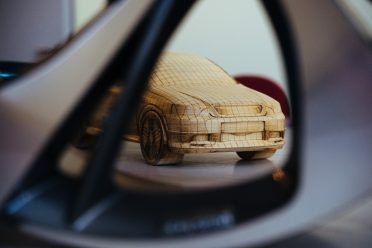
—–
Günther Irmscher Sr.’s memory lives on throughout the company
—–
Guenther Irmscher Jr. officially took on his father’s life after his graduation in 1999. Günther Sr., who had founded the company aged 31, died in 1996 at just 59 years of age. His memory lives on throughout the company. Not only is his rally helmet from his motorsports career exhibited in the showroom, but so is his last company car, to Irmscher Senator B 4.0i from 1993.
“My father drove about 300,000 kilometers in between 1993 and 1996,” says Irmscher. Hardly any exist today, which means they could rack up a high collector’s price nowadays. The operative word being ‘could,’ “we would never trade this car for anything in the world.”
February 2019
Text: Eric Scherer; Photos: Sebastian Berger, Irmscher
